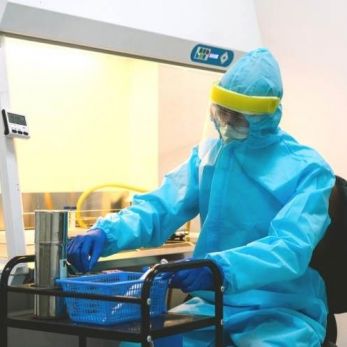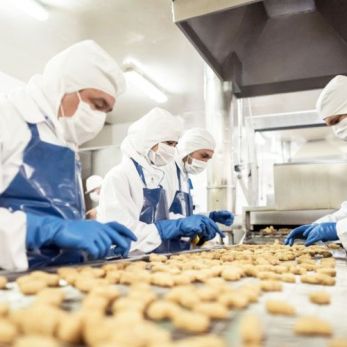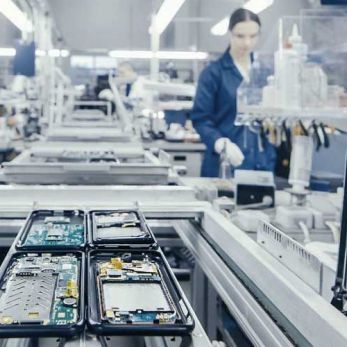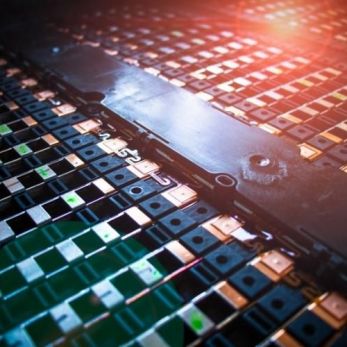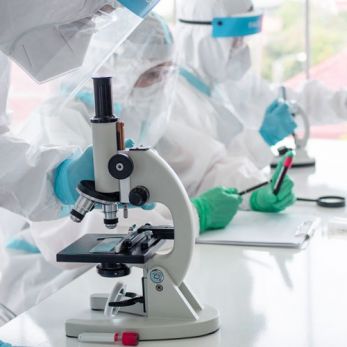The Importance Of Cleanroom In The Semiconductor Industry
Semiconductors are a key component of almost every electronic item we use in the modern world: cell phones, laptops, etc. Semiconductors are manufactured products that are easily affected by pollutants and airborne particles.
Semiconductors are a key component of almost every electronic item we use in the modern world: cell phones, laptops, etc.
Semiconductors are manufactured products that are easily affected by pollutants and airborne particles. To reduce the risk of product failures and losses, semiconductor manufacturing plants opt for using cleanrooms.
A cleanroom is a constructed area where contaminants like dust, airborne particles, and micro-organisms are highly controlled to provide the cleanest environment possible.
For semiconductor cleanrooms, the required control over environmental conditions is especially strict:
Generally, semiconductor applications, including wafer fab and semiconductor assembly, require cleanrooms to comply with ISO Class 5 or cleaner standards.
The Importance Of Cleanroom In The Semiconductor Industry
For better results in semiconductor manufacturing and assembly, cleanrooms can provide the best environment for an efficient, and safe production process.
Here are the advantages that cleanrooms can offer semiconductor applications:
1. Reliable control
Cleanrooms are designed to establish strict control over the environment. Technical parameters such as cleanliness, differential pressure, temperature, and humidity are kept as constant as possible.
With powerful filtration and HVAC systems working to provide clean, and virtually particle-free air, the environment is controlled to remain stable while employees are working inside.
All materials used in cleanroom construction are specifically non-particle shedding and non-outgassing. They’re chosen for durability and good performance in any condition. They are hard to degrade or corrode under impact or under chemical cleaning conditions.
2. Consistent product quality
Silicon wafers are extremely vulnerable.
Even a single airborne particle can damage an entire chip or device.
In a cleanroom, parameters are measured and controlled. Steady temperature, relative humidity, and air quality levels in the cleanroom will ensure consistent product quality.
There are standards for these parameters in cleanroom. Let's take a closer look:
- Temperature: 22*C ± 3*C
- Humidity: 18-55%, depending on the types of electric components and the number of workers in manufacturing cleanroom
- Differential pressure: 15 Pa - 45 Pa
3. Safer working environment
A cleanroom and its classification standards protect the products being manufactured from failure due to contamination, but they also create a safer environment for workers to perform tasks in semiconductor cleanrooms, which involves handling toxic materials and highly sensitive processes.
4. Cost saving
Ultimately, fewer product failures and consistent quality pay off.
With the risk of losses and injury reduced, your company can make significant savings.
Semiconductor cleanrooms are not cheap to implement and operate, but they can secure profitability in ways you can’t replicate with other control methods.
A high-quality cleanroom can facilitate semiconductor manufacturing.
![]()
Image source: AsngstromTechnology
If you are interested in the cleanroom for the semiconductor industry, you should find out more at:
What is an electronics cleanroom? - A basic understanding of electronic cleanroom, its standards, price, whether electronic cleanroom is hazardous, etc.
3 main factors negatively affect the semiconductor cleanroom - Watch out if your semiconductor cleanroom have these problems
![]()
Vietnam Cleanroom Equipment (VCR) specializes in providing cleanroom equipment for construction contractors. We provide high-quality products with competitive prices and large quantities nationwide. The equipment includes:
Differential pressure gauge, FFU Fan Filter Unit, Pass box, Cleanroom air filter, HEPA box, Clean booth, cleanroom steel door, Isolator cabinet, and other equipment
For details, please refer to Vietnam cleanroom equipment official website
https://en.vietnamcleanroom.com






